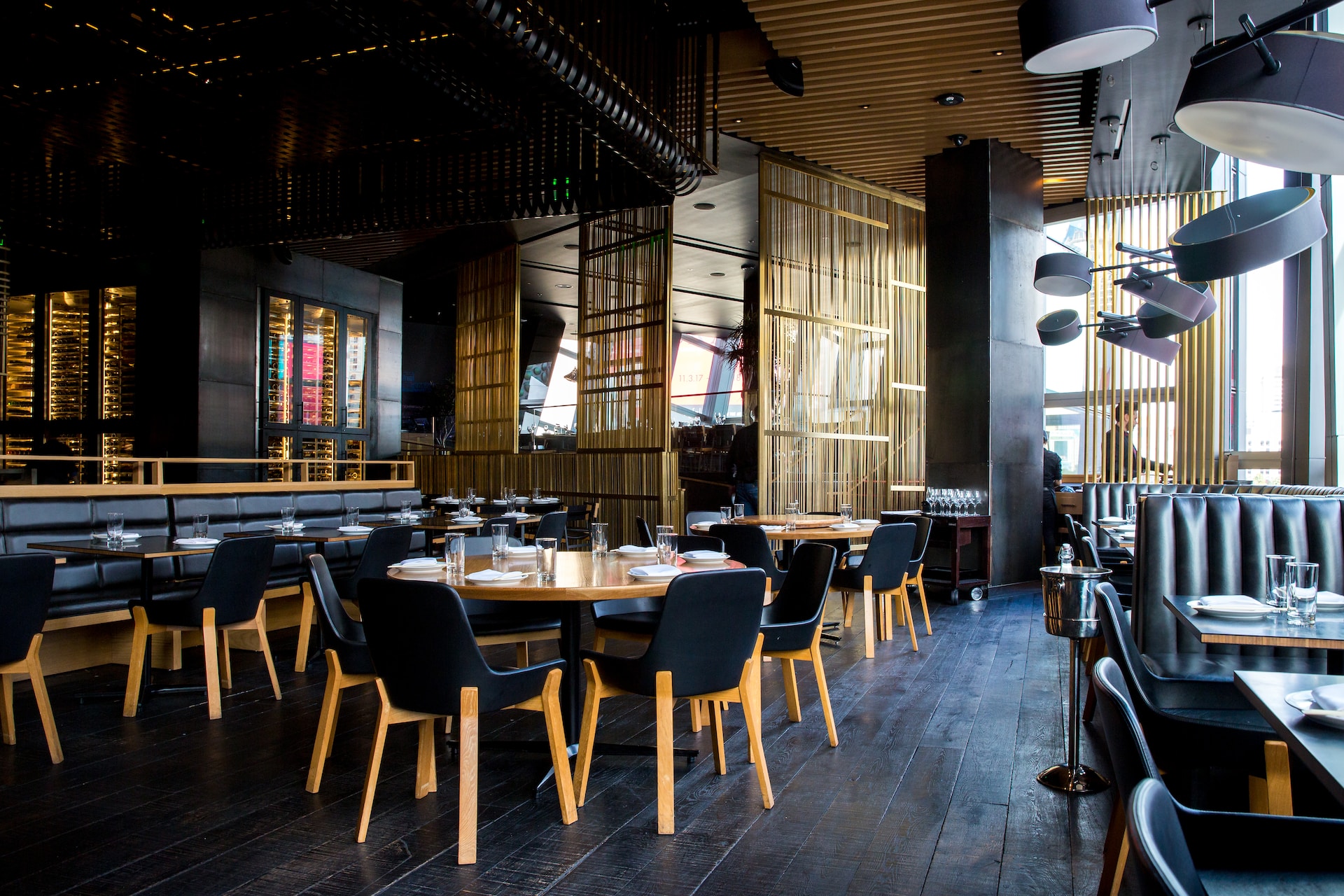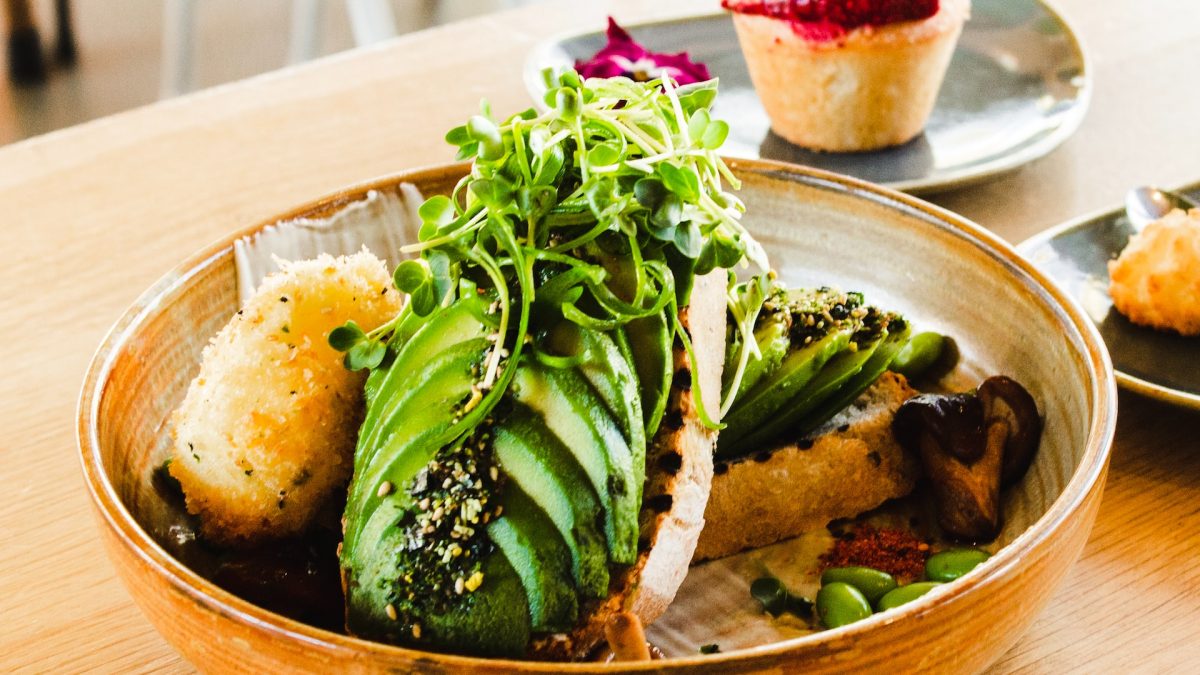A Culinary Journey Comparing the Quality of Meals at Full-Service and Fast-Food Restaurants
Savouring Excellence
Dining out is not just about satiating hunger; it’s an experience that revolves around the quality of meals offered. Whether you’re savouring a leisurely meal in a full-service restaurant or grabbing a quick bite from a fast-food joint, the culinary experience varies significantly. Here’s a breakdown of the meal quality in both settings.
Ingredient Freshness and Variety
Full-service restaurants, often priding themselves on culinary finesse, prioritise fresh, diverse ingredients. Fast-food establishments, while efficient, might rely on standardized ingredients. The variety of fresh produce and unique flavours in full-service venues contribute to a more sophisticated dining experience, although quality assurance in the food industry ensures that fast food restaurants keep producing up to high standards.
Culinary Skill and Presentation
Chefs in full-service restaurants are trained in the art of culinary excellence, evident in the presentation and intricate flavours of their dishes. In fast-food settings, the emphasis is on speed and consistency, with the presentation often taking a back seat. The skilful execution of culinary techniques sets full-service restaurants apart.
Customisation and Dietary Options
Full-service restaurants typically offer greater customisation to accommodate dietary preferences and restrictions. Fast-food menus, designed for quick turnaround, might have limited options for customisation. Those seeking specialised or health-conscious meals may find fuller satisfaction in a full-service setting.
Service and Ambiance

Beyond the meal itself, the overall dining experience includes service and ambience. Full-service restaurants provide a relaxed atmosphere with attentive service, enhancing the enjoyment of the meal. Fast-food establishments such as Jollibee Food Corporation prioritise efficiency, making them ideal for those seeking quick, tasty, no-frills dining.
Related posts
Archives
Categories
- Appetizers (7)
- Arab (32)
- Bars (28)
- Burmese (6)
- Café (18)
- Casual Dining (19)
- Chinese (33)
- Coffee House (26)
- Desserts (11)
- Destination Dining (221)
- Diner (13)
- Family Restaurants (45)
- Fast Food (43)
- Fine Dining (488)
- Food Facts (140)
- Healthy Food (64)
- Hong Kong (9)
- Indonesian (15)
- Italian (2)
- Japanese (9)
- Main Dishes (31)
- Maldivian (55)
- Miscellaneous (4)
- Miscellaneous Topics (329)
- Palate (41)
- Recipes (56)
- Restaurants (168)
- Sea Food (59)
- Singaporean (19)
- Sri Lankan (57)
- Steaks & Grill (37)
- Street Food Stalls (116)
- Thai (70)
- Types of Cuisines (97)
- Vegan (31)
- Vegetarian (6)
- Vegeterian (23)
- Vietnamese (17)
- Western (8)

